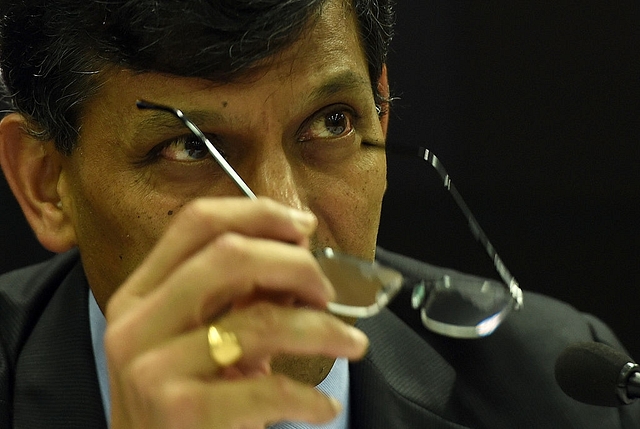
Not Mallya, CRR Is The Biggest NPA Of Them All; Rajan Must Cut CRR On 5 April
The amount with RBI in the form of CRR is almost equal to the non-performing assets (NPAs) of public sector banks as at the end of December 2015. Will Rajan let such state of affairs continue?
Mirror, mirror on the wall, which is the biggest bank NPA of them all? For those interested in an answer, it is not Vijay Mallya, or Jaypee or Ruias or GMR or GVK. Loans to these borrowers may be sticky, but the biggest NPA on banks’ books is the Reserve Bank’s cash reserve ratio (CRR).
Under current RBI norms, banks have
to maintain a CRR of 4 percent of their total demand and time liabilities with
the central bank. As on 4 March, demand and time liabilities (excluding
inter-bank deposits) were of the order of Rs 94 lakh crore. Four percent of
that would be around Rs 3.75 lakh crore (all approximate figures, since these
numbers vary from day to day). This figure is almost equal to the gross
non-performing assets (NPAs) of public sector banks as at the end of December
2015.
The CRR is also a non-performing
asset because a very small portion of it earns interest; the rest of it has to
be kept with Raghuram Rajan for free. This is because a few years ago, the RBI
stopped paying interest on incremental CRR, and the bulk of it is now
interest-free. Hence NPA.
This is why the RBI, assuming it has
the health of banks in mind, would be better off cutting CRR to the bone – say,
by one percent, in four quarterly instalments, thus freeing several tens of
thousands of crore from NPA status.
This would have three beneficial
impacts.
One,
it would ease liquidity in the banking system, making money cheaper all around.
Two,
the resultant drop in yields, when accompanied by cuts in the RBI’s policy
rates, will boost treasury profits for banks. This will enable them to write
off some of their unrecoverable loans and allow them to begin lending again.
Three,
government borrowing rates would fall, too, easing the fiscal deficit
challenges for 2016-17.
Rajan can, in fact, avoid a steep repo
rate cut if he cuts CRR significantly instead. Is he game? We will know on 5
April, when he makes the second monetary policy statement for 2016. With the
government sticking to its fiscal targets, and with inflation staying benign,
Rajan has no excuse not to be bolder with monetary policy.